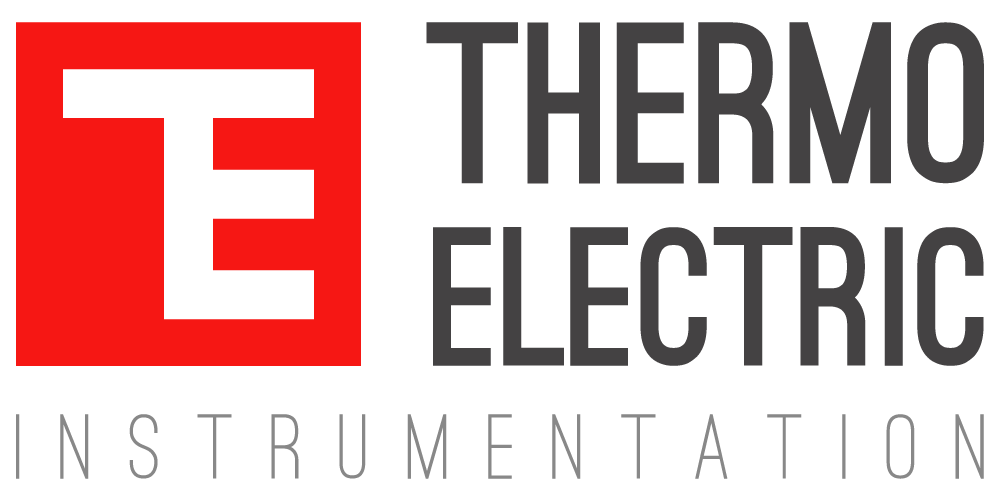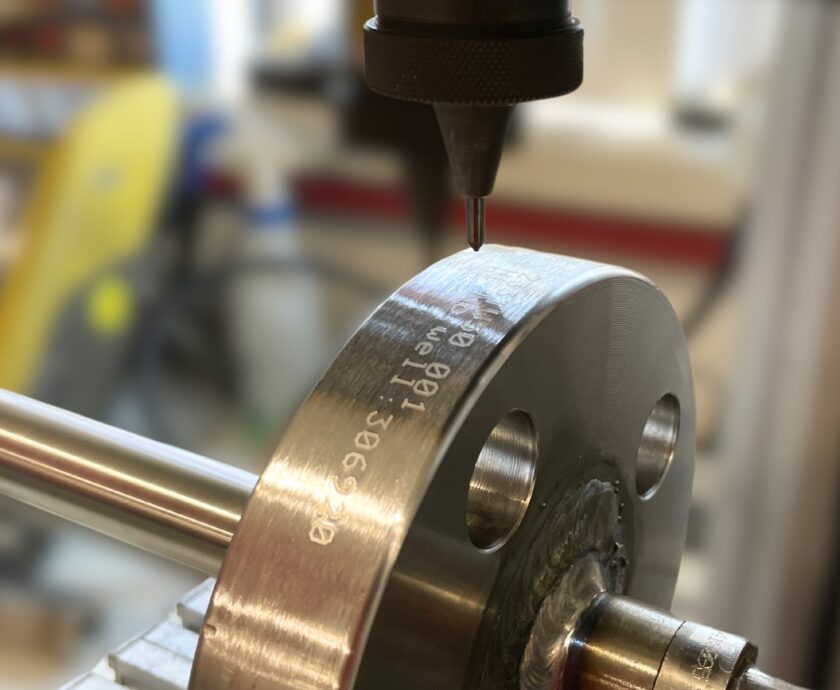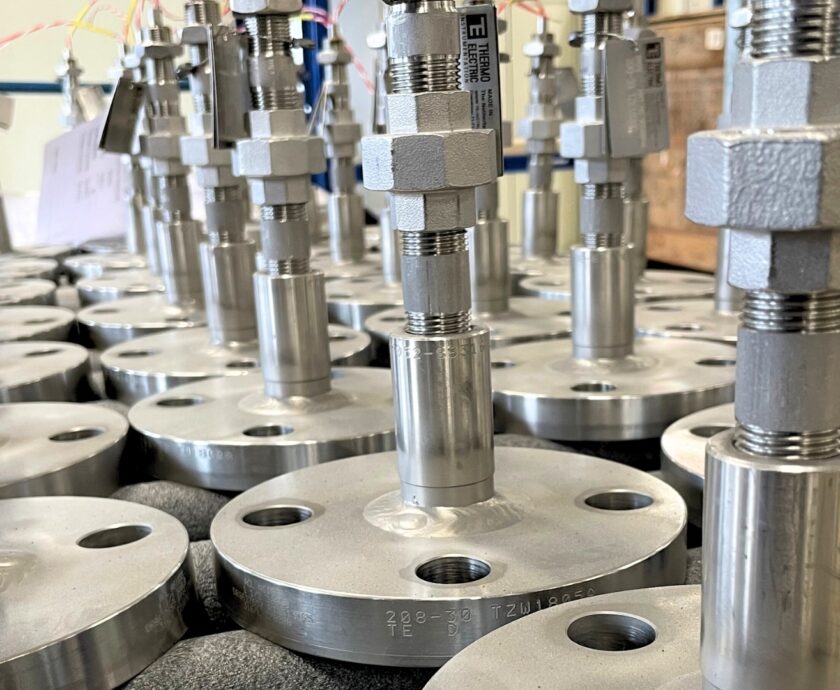In industries like steel, glass, semiconductor manufacturing, chemicals, petrochemicals, and oil and gas, temperature sensors face extreme conditions that can compromise their accuracy and longevity. This is where thermowells come in – they act as protective shields for these sensors, ensuring that accurate temperature measurements can be taken even in the harshest of environments.
Choosing the right material for a thermowell is essential to ensure it can withstand the challenges of industrial settings. Factors like the type of process fluid, pressure, temperature, fluid velocity, and the specific application all play a role in determining the best material. The selected material must have the necessary strength and resistance to corrosion and corrosion fatigue. It’s also important to avoid materials that are prone to stress corrosion cracking or embrittlement, as these can lead to premature failure.
Designing Thermowells for Optimal Performance
Designing a thermowell is a complex process that involves balancing various forces, such as static pressure, steady-state fluid impingement, turbulence, and dynamic excitation caused by von Karman vortices. The design must account for the full range of operating conditions, from start-up to emergency scenarios. The goal is to achieve accurate temperature measurements without compromising the mechanical integrity or fluid containment of the thermowell. This requires careful consideration of the thermowell’s mechanical strength and the constraints of the application.
To help ensure the reliability and accuracy of thermowells, the ASME PTC 19.3 TW-2016 standard provides comprehensive guidelines for their design, installation, and maintenance. This standard covers aspects like material selection, dimensions, manufacturing processes, testing, and inspection procedures. It also offers guidance on selecting the appropriate thermowell based on factors such as temperature, pressure, and fluid velocity. Additionally, the standard emphasises the importance of adhering to specific industry standards and codes, such as those set by the American Petroleum Institute (API) or the National Association of Corrosion Engineers (NACE).
By carefully considering factors like material selection and design, and adhering to the guidelines set forth in the ASME PTC 19.3 TW-2016 standard, you can rest assured that Thermo Electric thermowells are capable of withstanding the challenges of these environments. This, in turn, enables reliable and accurate temperature measurements, which are essential for optimal process control across many industries.




